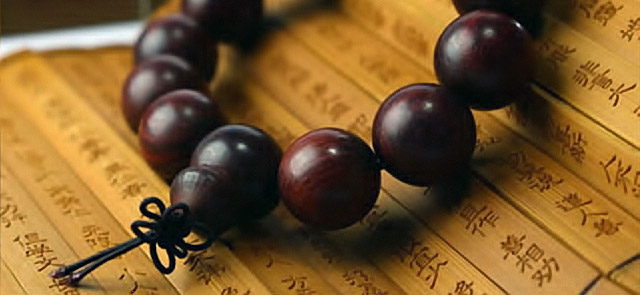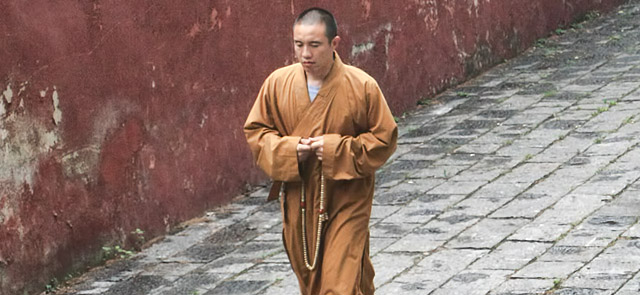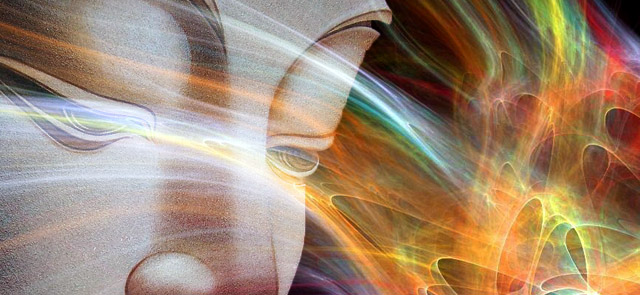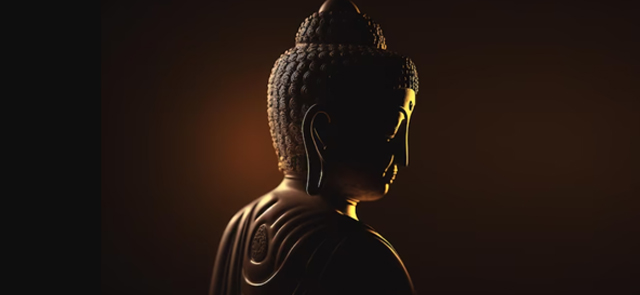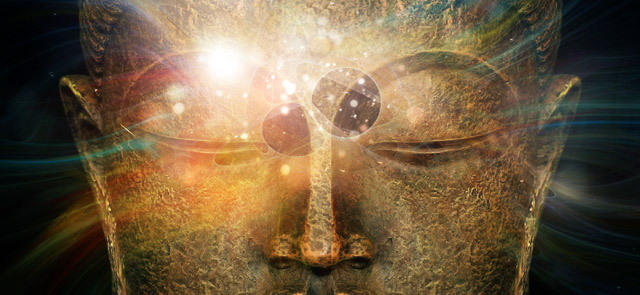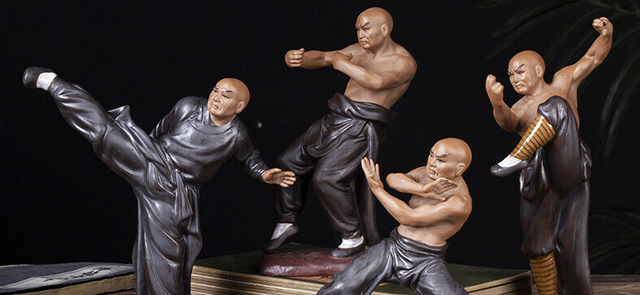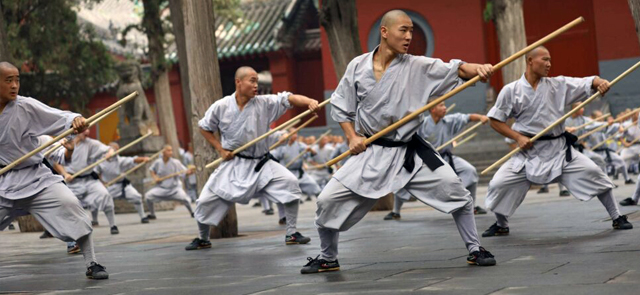The overall purpose of Prayer beads [Chin.: shùzhū 数珠 or Buddha beads [Chin.: Fózhū 佛珠], or Mindfulness beads [Chin.: niànzhū 念珠] is to create a sense of tranquility and inner-peace for not only the individual, but for the community as a whole. In reciting the prayer, a sense of peace will enter making an individual that much closer to reaching Enlightenment. But how can you handle Prayer Beads the proper way?
The origin of the prayer beads
The Lord Buddha designed them so that the most ignorant people could achieve correct practice and attitude because they could not master the storehouse of Buddhist knowledge, which was too difficult for them.
The Wuhuanzi sutra [Chin.: wúhuànzǐ 无患子] states:
'Once upon a time, there was a king of the kingdom of Magadha [Chin.: Mójiētuóguó 摩揭陀国] whose name was Vaidurya [Chin.: Fèiliúlíyē 吠瑠璃耶 | Sansk.: Vaiḍūrya]. He spoke these words in sorrow to the Buddha:
“My country is so small. In recent years, there has been famine and pestilence throughout my country. As a result, all the people are distressed. All the time, I can't feel easy about that. We are in a painful position. The storehouse of the LAW is too profound and too vast to practice. So please teach me what the main point of the Law is.”
Then the Buddha instructed him:
“King, if you want to eliminate earthly desires and to put an end to their suffering, make a circular string of 108 beads made from the seeds of the Wuhuanzi Tree. Hold it always to yourself. Recite Triratna [Chin.: Sānbǎo 三寳] The Three Jewels; 'Namo Fo [Hail to the Buddha -- Namo Fa [Hail to the Dharma] -- Namo Seng [Hail to the Sangha]'. Count one bead with each recitation.”
Vizualization
The beads form a circle with two strands and three strands that end in tassels. These sets of two and three strands are equal distance and opposite from each other.
Where these strands are attached to the circle, there is a large bead. This large bead represent the Buddha. The Buddha bead frequently ends in a tassel which represents the roots of the lotus plant: a plant of obvious significance to Buddhists. Directly under the Buddha's bead, is a smaller one. This small bead represents the essential nature of the Law, which is absolute truth, which has existed since the beginning of time.
The Su Zhu consists by 108 beads [Chin.: bǎibāmóuní 百八牟尼 ] of the same size that represent 108 passions and delusions [Chin.: bǎibāfánnǎo 百八煩惱] also called the 108 karmic bonds [Chin.: bǎibājiéyè 百八結業]. You will also find four smaller beads, usually in different color. Two of them are opposite each other on either side, seven beads away from the end with the two strands of beads attached to the figure.
The second set is 14 beads beyond the first set on either side.
These small beads represent the Four virtues of the Buddha's life:
1. The True Self of the Buddha
2. The Purity of the Buddha
3. The Boundless Eternity of the Buddha, and
4. The Happiness of the Buddha.
The four strands of beads, which have four larger beads shaped like jars, represent the three thousand worlds in a momentary existence, and the mutual possession of all of them. These beads, then, represent the true and essential nature of all life, which is 3,000 worlds in a momentary existence, each one of which is a perfect manifestation of cause and effect.
These beads, shaped like jars, are called "The Jars" in which we store the benefits we have accumulated.
The remaining single strand of ten beads, are the counting beads or adjacent beads.
Using Shu Zhu
The Shu Zhu is traditionally held in the right hand and supported by the left hand at chest (heart) level using the thumb and index finger of the right hand to "pull" the bead toward the heart as the incantation [Chin.: tuóluóní 陀罗尼 | Sanskrit: dhāraṇī - religious chant promoting virtue and obstructing evil] is said. We should count the beads on only one side - going from the Buddha's bead and returning back again along the same side. Once the practitioner reaches the Buddha bead, the Shu Zhu is rotated (flipped) to return in the opposite direction—the Buddha bead is never crossed since this would be considered a sign of great disrespect —and the incantation is repeated. With each subsequent repetition of the incantation the adjacent bead or counting bead is brought forward to keep count of the number of times the incantation is said.
When not in use, Shu Zhu is frequently wrapped two to three times around the left wrist, stored in a special bag, or placed around one's neck with the Buddha bead at the front of the body.
It is considered inappropriate to have others use or handle one's Shu Zhu, to wear it while bathing or swimming, to place it on the floor, to keep it in a pocket below the waist, or to wear it while sleeping.
We should use our Prayer Beads with honest humility and with a sincere heart. They represent the Buddha.
